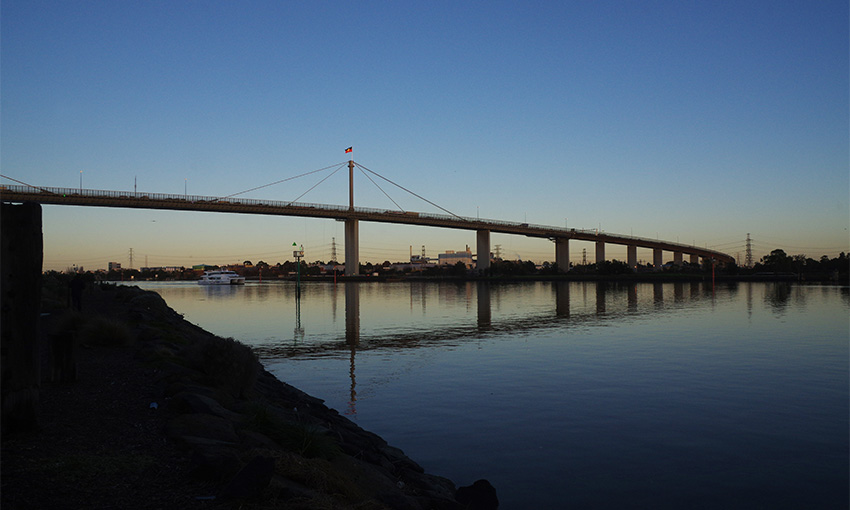PORT of Melbourne harbour master Warwick Laing has moved to reassure the industry and community that the West Gate Bridge is very unlikely to meet the fate of the Baltimore bridge destroyed last week by a wayward container ship.
Posting on LinkedIn Mr Laing paid tribute to those directly affected by the loss of the Francis Scott Key Bridge: “The lives lost, families affected and unthinkable impacts across the Baltimore community. In particular, I think of the seafarers on the Dali, Maryland Pilots and my colleagues in the Maryland Port Authority who are grappling with the magnitude of what has happened in their port.
“In recent days the question has been asked in the media and across multiple social media channels, ‘Could this happen to the West Gate Bridge?’ It is a reasonable question and the community are entitled to air concern given that the size of vessels passing beneath the bridge are as large as and, in some instances, larger than the Dali.
“To contribute to this discussion, I would like to provide a level of assurance that Ports Victoria is constantly analysing, reviewing and assessing all risks associated with the movement of commercial shipping through port waters,” Mr Laing wrote, going on to list some of the mitigations that are currently in place to help protect against a similar incident occurring in the port of Melbourne.
- Protective Bund: There is one pillar of the WGB that sits on the western bank of the Yarra River. Unlike the Francis Scott Key Bridge, the WGB pillar is behind a rockwall bund designed to protect against vessel impact.
- Towage Requirements: In May 2023, towage requirements in the port of Melbourne were strengthened to ensure that all SOLAS commercial vessels transiting the Yarra River and passing beneath the WGB do so with harbour tugs in attendance. In the event of power loss, machinery failure or steering failure, tugs are available to provide immediate assistance.
- Local experts: All commercial vessels >35m in length are required to embark a local marine pilot when transiting port waters. Pilots are ship handling experts with extensive local knowledge of port waters. Working closely with the vessel’s bridge team and with Ports Victoria Vessel Traffic Services, pilots provide the level of expertise needed to safely move large shipping through confined waterways.
- Wind limits: Due to their size and shape, container vessels like the Dali are subject to large amounts of windage. Strict wind limits in port of Melbourne ensure that when a large vessel is transiting beneath the WGB, they are doing so in favourable conditions.
“The lessons of the Baltimore Dali incident will flow through the maritime industry in due course. As with all major incidents, the hope is that the industry will learn, respond, mature and become safer as a result,” Mr Laing concluded.





